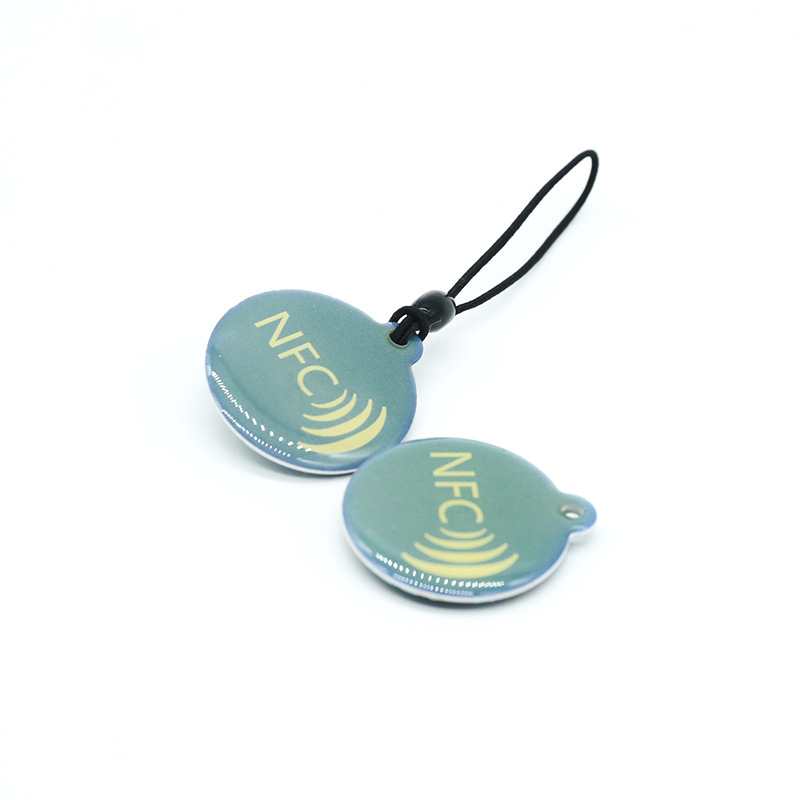Unlocking Insights: Data Analytics in RFID Animal Tracking
In today’s era of technological advancements, data analytics plays a crucial role in various industries, including animal tracking. The integration of Radio Frequency Identification (RFID) technology with data analytics has revolutionized the way we monitor and manage animals. From livestock management to wildlife conservation, RFID animal tracking systems equipped with data analytics capabilities offer valuable insights into animal behavior, health, and habitat preferences.
Enhancing Livestock Management Efficiency
RFID animal tracking systems equipped with data analytics empower farmers and ranchers to enhance the efficiency of their livestock management practices. By accurately tracking individual animals’ movements, feeding patterns, and health status, farmers can optimize feeding schedules, detect signs of illness or distress early, and improve overall herd productivity. Moreover, data analytics tools enable farmers to analyze historical data trends, identify performance metrics, and make informed decisions to streamline their operations and maximize profitability.
Improving Wildlife Conservation Efforts
In the realm of wildlife conservation, RFID animal tracking combined with data analytics offers invaluable insights into animal behavior and habitat dynamics. Conservationists use RFID tags and sensors to track the movements of endangered species, monitor population trends, and assess the impact of environmental changes on wildlife habitats. By analyzing tracking data collected over time, researchers can identify critical habitats, migration routes, and breeding grounds, guiding conservation efforts and informing policy decisions aimed at protecting biodiversity and preserving natural ecosystems.
Tracking Disease Outbreaks and Epidemics
RFID animal tracking systems integrated with data analytics have proven to be instrumental in tracking and managing disease outbreaks and epidemics in animal populations. By monitoring animals’ movements and health parameters in real-time, veterinarians and epidemiologists can quickly detect and respond to disease outbreaks, implement targeted intervention strategies, and prevent the spread of infectious diseases. Data analytics tools enable the analysis of epidemiological data, identification of disease hotspots, and prediction of disease transmission patterns, facilitating proactive disease management and control measures.
Enhancing Animal Welfare and Well-being
RFID animal tracking systems with data analytics capabilities contribute to enhancing animal welfare and well-being by enabling personalized care and monitoring. By monitoring animals’ behavior, activity levels, and environmental conditions in real-time, caretakers can identify signs of stress, discomfort, or injury and intervene promptly to ensure optimal health and welfare. Additionally, data analytics tools allow for the analysis of behavioral patterns, identification of individual animal preferences, and customization of care protocols, promoting enhanced welfare outcomes and quality of life for animals under human care.
Conclusion
In conclusion, the integration of data analytics with RFID animal tracking technology represents a significant advancement in animal monitoring and management practices. By leveraging the power of data analytics, stakeholders in agriculture, wildlife conservation, veterinary medicine, and animal welfare can unlock valuable insights into animal behavior, health, and habitat dynamics. From enhancing livestock management efficiency to supporting wildlife conservation efforts and improving disease management strategies, RFID animal tracking systems equipped with data analytics capabilities hold immense potential to revolutionize the way we understand, monitor, and care for animals in diverse environments.












